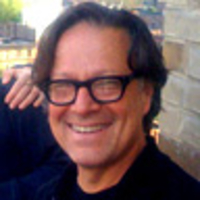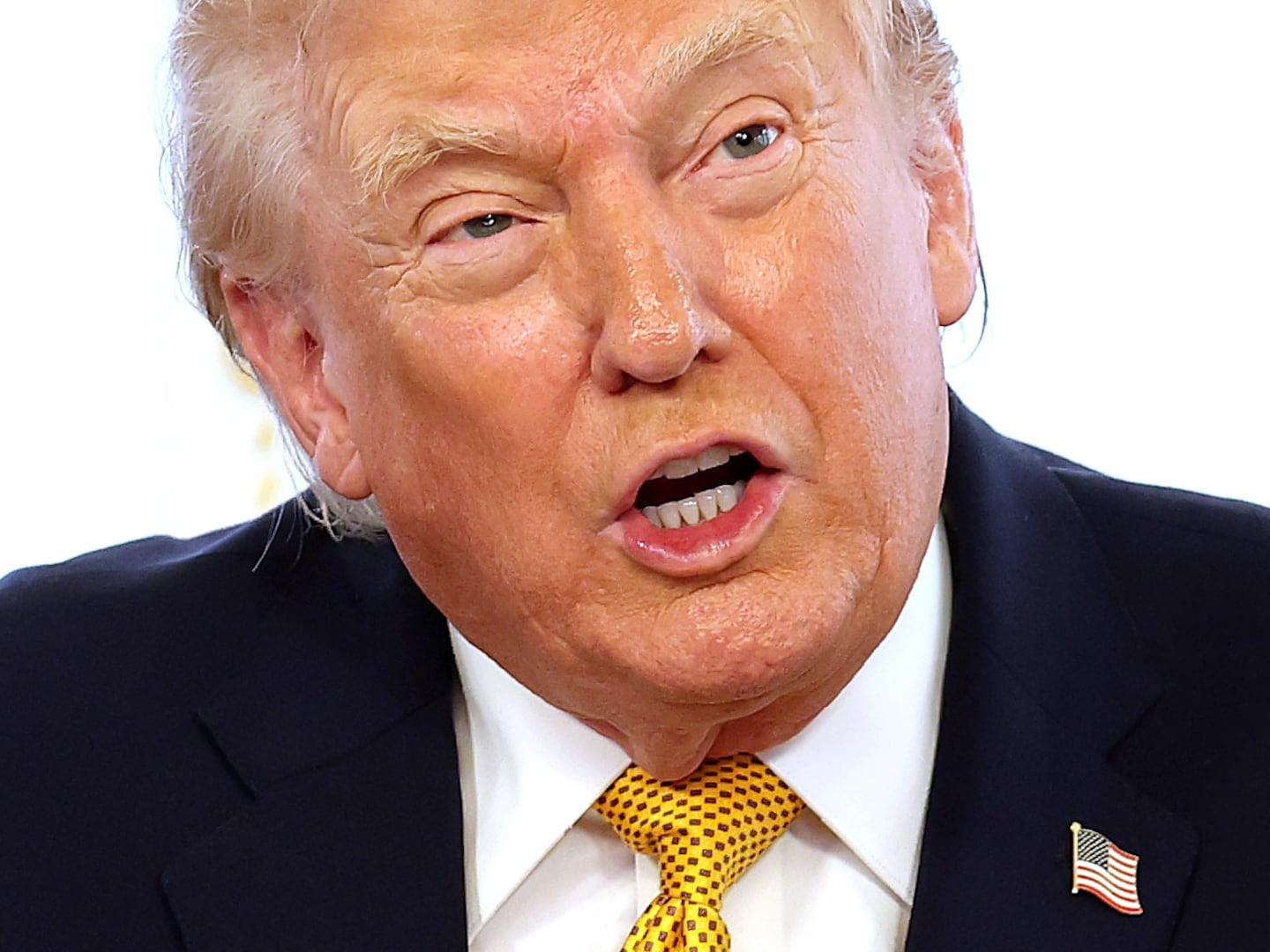
Imagine an 80-year-old man with more stamina than two men almost half his age.
One night while shooting Bill Cunningham New York, Richard Press, the director, and Tony Cenicola, the cameraman, followed the octogenarian in question riding his bicycle around Manhattan on a typical evening's round of parties. The filmmakers were shooting their moving target from an adult-size tricycle jury-rigged for the occasion. By 11 p.m., after following him to events downtown, midtown, and across Central Park, the two filmmakers were exhausted while Cunningham was still going. The next day, Bill was gleeful in recounting how he ran Richard and Tony ragged. Of course, he was at an advantage because he rides his bike from one party to another almost every night of the week.
Bill Cunningham is known for his two weekly photographic columns in The New York Times: "On the Street," in which he identifies fashion trends as he spots them emerging on the street; and "Evening Hours," his coverage of the social whirl of charities that benefit the cultural life of the city. The fashion world considers him a kind of deity; his zeitgeist antenna is so finely tuned that designers, retailers, and fashion editors scrutinize his pages religiously. As Anna Wintour says in our movie: "We all get dressed for Bill." In 2008, he was made an Officer in the Order of The Arts and Letters of the Ministry of Culture in France. His reputation clearly extends beyond New York.
Still, Cunningham's resistance to attention is legendary. It took seven years for Richard Press and me to convince the most reluctant man-about-town in New York to be the subject of our film (which opens March 18 at the Film Forum in New York). He has consistently refused overtures from most every writer, editor, curator, or impresario to do a book or an exhibition or to give a public talk, but it isn't condescension with which he invariably demurs. It is profound humility.
As Anna Wintour says in our movie: “We all get dressed for Bill.”
"I'm just a hack," he says, sincerely, although I believe his self-effacement doubles as a cover. By dismissing everyone's lofty conclusions about his unique contribution to fashion, he protects his independence. He wants nothing more than to be able to stand on the street and wait to be thrilled by what someone is wearing. Period. At the same time, he is deeply circumspect—he did drop out of Harvard—and he regards his two columns in the Times in the larger context of the paper's news coverage. By his own estimation, compared to the weight of ongoing global problems, he rates his obsession with clothes as nothing but a hobby.
Bill is quick to tell you that he is a fraud. He doesn't really consider himself a photographer and, here, I tend to agree with him. While he uses a camera to identify fashion trends and to document evening events, the photographic image is not what he cares about; it's the clothes. His love of fabric, line, cut, shape and, ultimately, original style has propelled him day in and day out over 50 years to look at what people are wearing—on the street, at the fashion shows, and at the parties for which people get dressed up.
His daunting accomplishment is that he transformed an obsession with clothes into an exacting chronicle of the intersection of fashion and society in New York over half a century. It's not what he set out to do when he picked up a camera in the mid-1960s. Still, given his strict work ethic, passion for clothes, and native scholarly approach to the history of fashion, what he leaves in his trail is pure cultural anthropology.
Bill is the most unencumbered person I know. "Money is the cheapest thing," he says. "Liberty is the most expensive." Blithely, he conducts his life with an absence of material possessions. He has lived in the same tiny apartment at the Carnegie Hall studios for half a century. There is no room for furniture—no chair or table or dresser. Instead, old file cabinets stacked side by side leave barely enough room for his single mattress over a flat board. You would think it's a derelict storage facility. Breakfast for him is a quick in and out at a local deli and dinner is usually Chinese takeout before he launches into an evening's slate of parties. His only form of transportation is a bicycle. His signature blue jacket is a Parisian street sweeper's smock purchased on his semi-annual trips to Paris. "They're practical," he claims, because the fabric withstands his cameras rubbing against it and multiple pockets hold his rolls of film. Everything in his life is pared down to the essential structure of his work.
No one assigns Bill to go out and find women on the street wearing pink scarves, say. The endless trends he spots—whether leopard patterned bags or backless summer dresses or white leather boots—come from what he, alone, observes. He is the master of his own columns.
I have known Bill for almost 20 years. As a former picture editor at the Times, I used to watch him quietly slip into the old Times building, wait for the lab to process his film, select his pictures on contact sheets, and take the prints to the art department, where he would sit with an art director to design his pages.
He is a very cheerful presence as long as no one encroaches on his independence. He is both aware of and immune to the subtle divisions of rank within the politicized hierarchy of the Times. He talks as respectfully with the mailroom clerk as with the editor of the Culture desk. His biggest fights always have been with art directors, who think of his pictures as graphic elements to be arranged in an easily readable page design. Of course, Bill knows better than anyone how his pictures should be put together to make his point.
As a young man in New York in the 1950s, Bill made woman's hats. His salon in the Carnegie Hall studios was a destination for women in the know. The Actors' Studio resided at Carnegie Hall, as well, and he remembers Ginger Rogers, Joan Crawford, and Marilyn Monroe coming in from time to time to look at his hats. "But I wasn't interested in them," he recalls. "They weren't stylish."
In the 1950s, Bill also worked for Chez Ninon, a couture salon owned by the socially well-connected Nona Park and Sophie Shonnard. They made legitimate copies of the European designers such as Chanel, Givenchy, and Dior. Jacqueline Kennedy was a regular client. When President Kennedy was assassinated, she flew the red Balenciaga suit she had bought at Chez Ninon up to New York for Bill to dye black. That's what she wore to the historic funeral.
That said, Bill is not interested in celebrities or in the status of labels. During Fashion Week in Paris two years ago, we filmed him outside the Yves Saint Laurent show at the Grande Palais. All of a sudden a swarm of photographers surrounded Catherine Deneuve as she strolled toward her waiting car. Bill turned to us and rolled his eyes. "Look at all the paparazzi going wild," he said, and cupped his hand to his mouth. "Over Catherine Deneuve." (As if she were an unworthy subject.) He acknowledged that everyone must think he is crazy not to photograph her. "But she isn't wearing anything interesting," he explained. And there you have it.
Filming Bill was not an easy process. Aside from his allergic reaction to the spotlight in general, our significant hurdle was navigating his coveted independence. We were given a cubicle next to Bill's at the Times during the filming of the movie. We would sit there for weeks at a time sensing and anticipating his moods before broaching a cinematic need to follow him on an evening's round of parties, for example, or to interview him in his apartment, or to ask him for archival pictures. It was fine for us to film him as long as we were spontaneous about it and it did not interrupt the organic flow of his routine. If we asked him when he was going out to shoot on the street, he would deflect the question and later slip out when we weren't looking. But if we simply appeared on the street with our cameras, he would reward us with his cooperation.
Over the course of filming, we developed a lovely relationship of mutual ambivalences. There were times when Bill would freely drag us to meet his neighbors or invite us to film him while having breakfast at the local deli. But, then, he wouldn't talk to us for a week at a time because we asked for his cooperation at the wrong moment. Still, he is deeply charming and inspiring and we came away from the process adoring him even more than when we began. As for Bill's feelings for us, well, long ago he began to call us Philippe and Richarde, and, to this day, we aren't sure if he does so with mockery as much as affection.
Philip Gefter writes about photography for The Daily Beast. He previously wrote about the subject for The New York Times. His book of essays, Photography After Frank, was recently published by Aperture. He produced the feature-length documentary, Bill Cunningham New York , and is at work on a biography of Sam Wagstaff.






